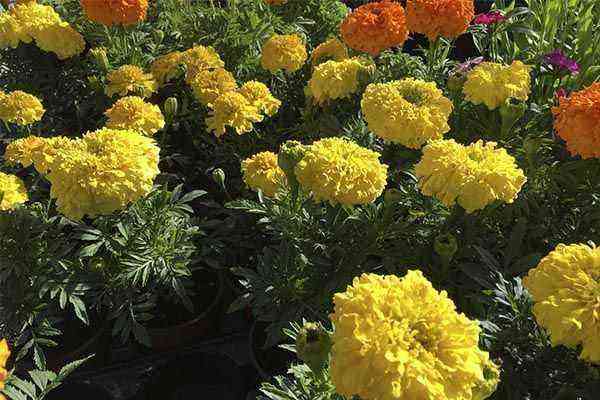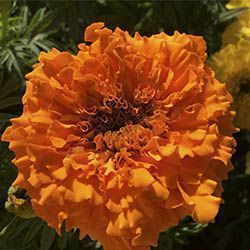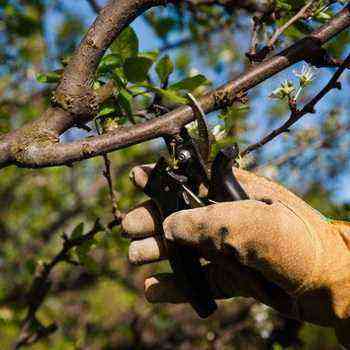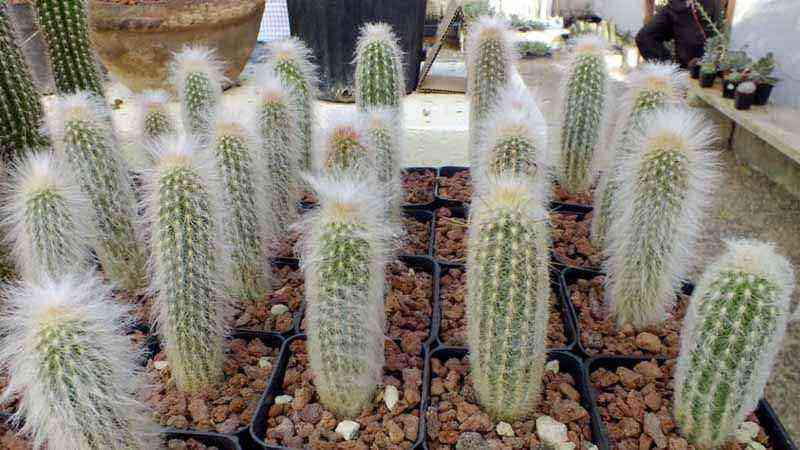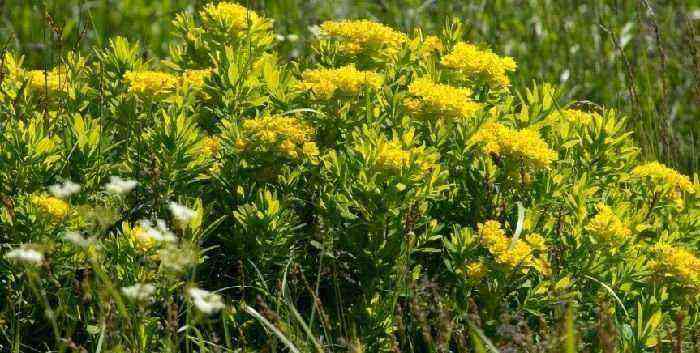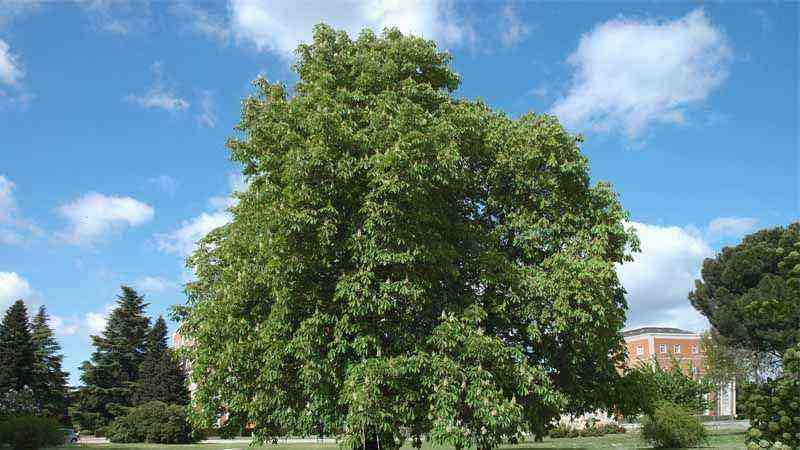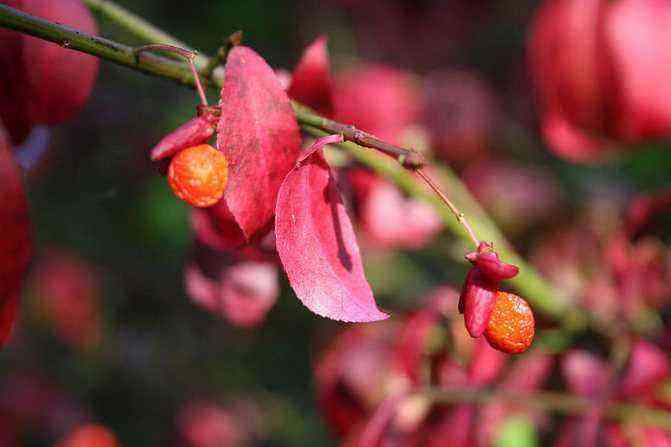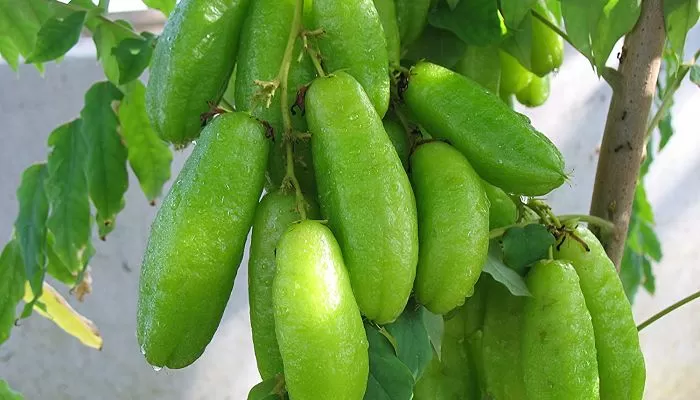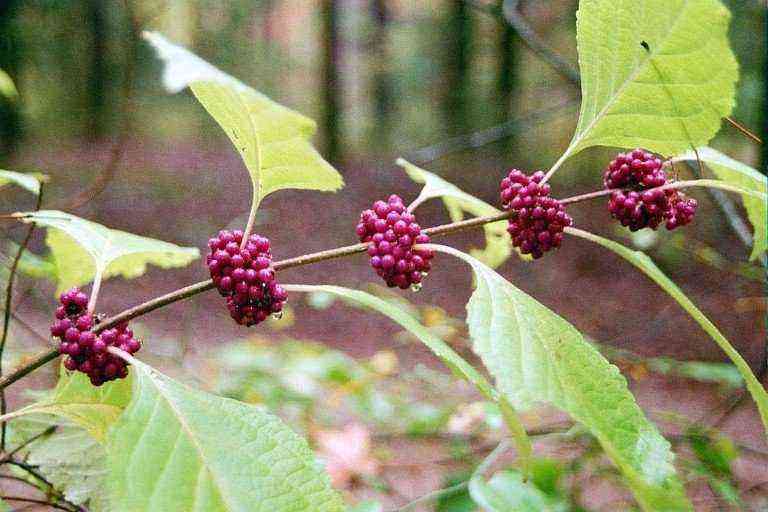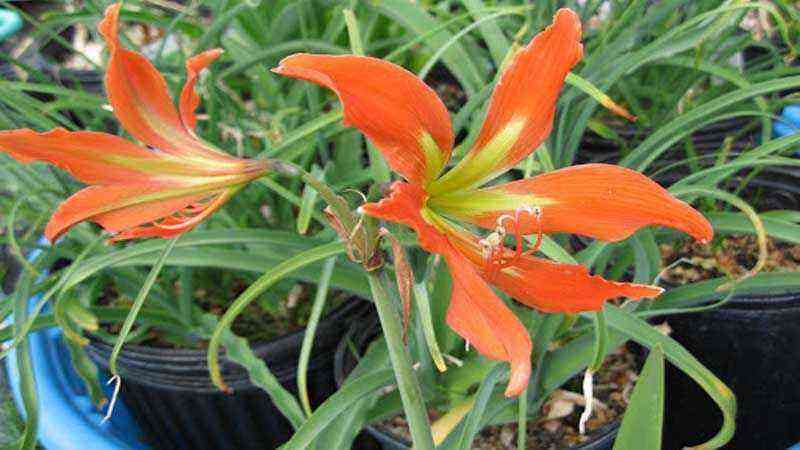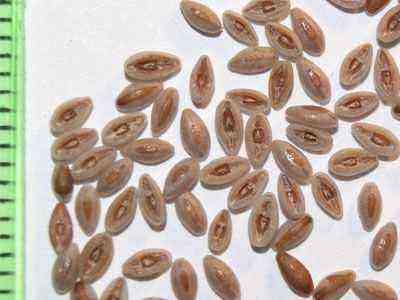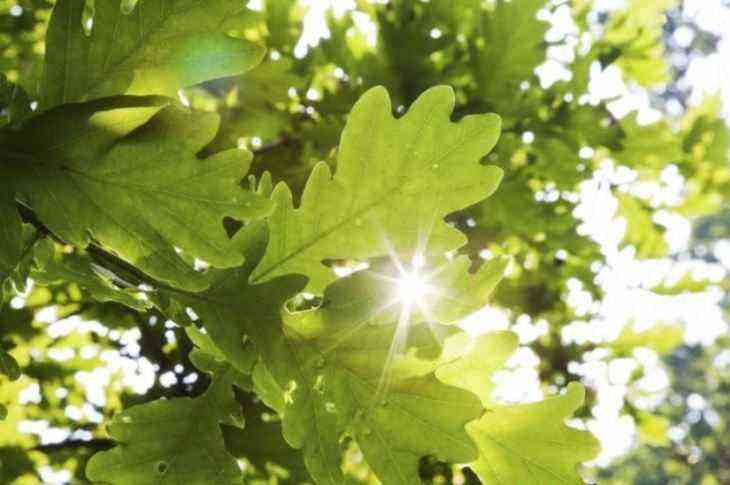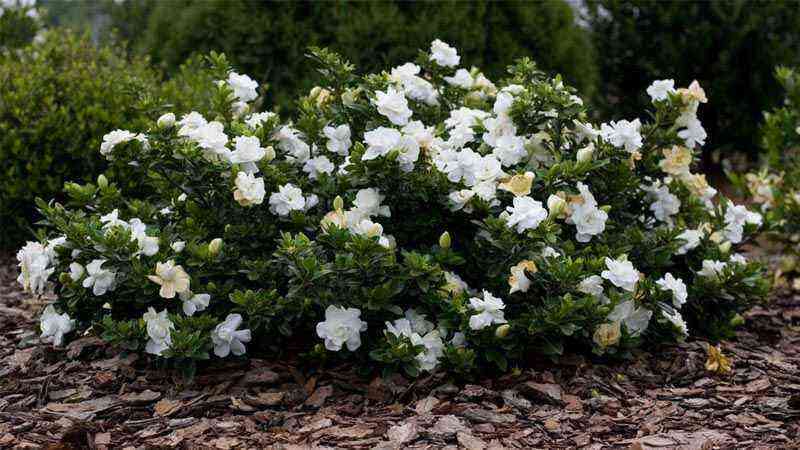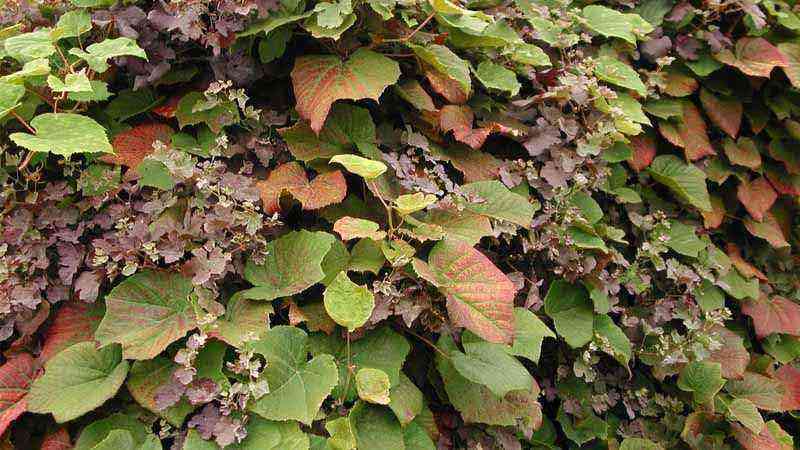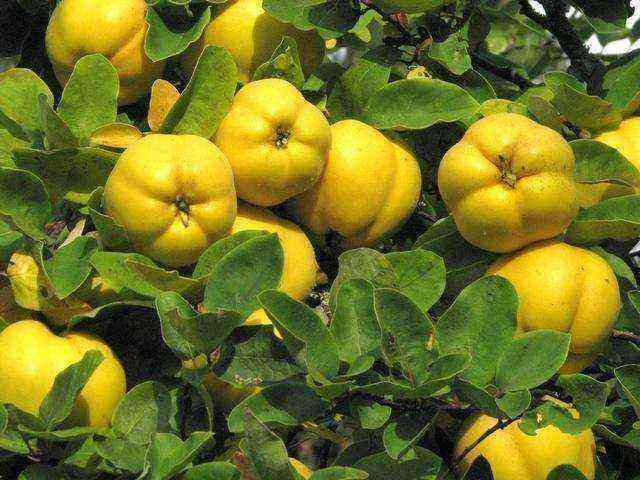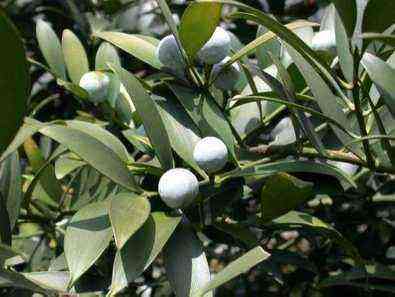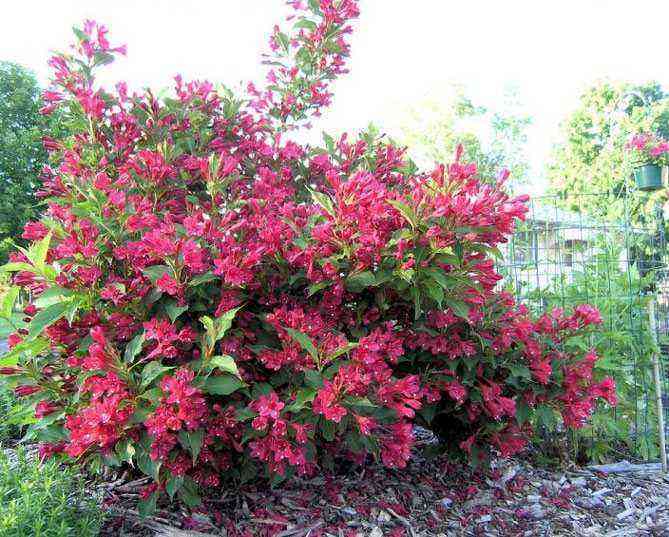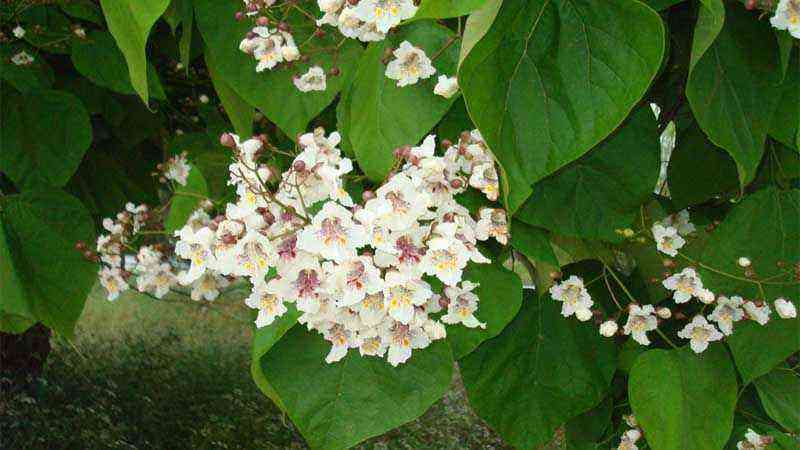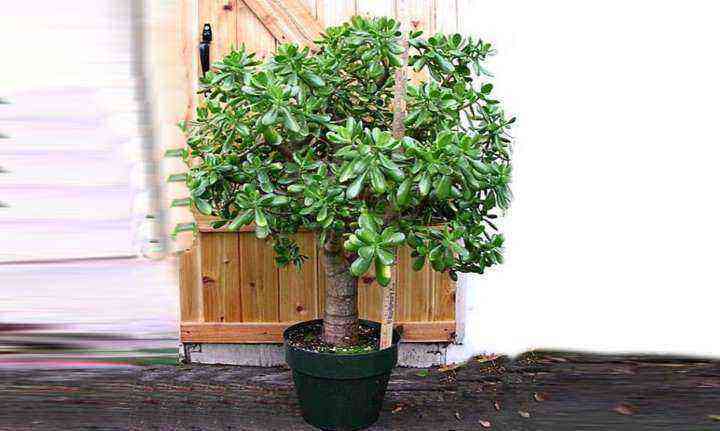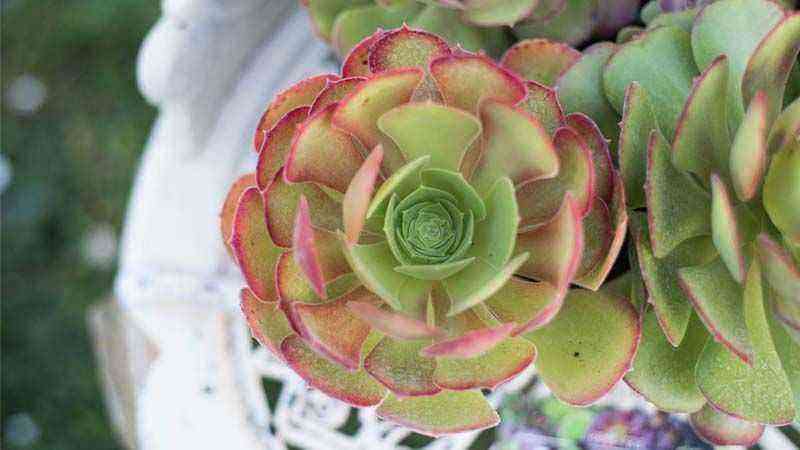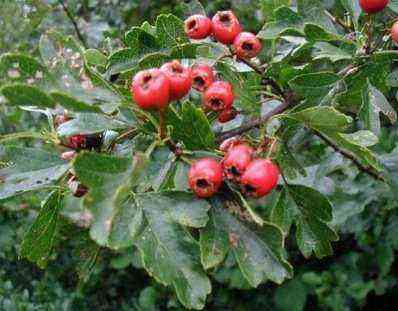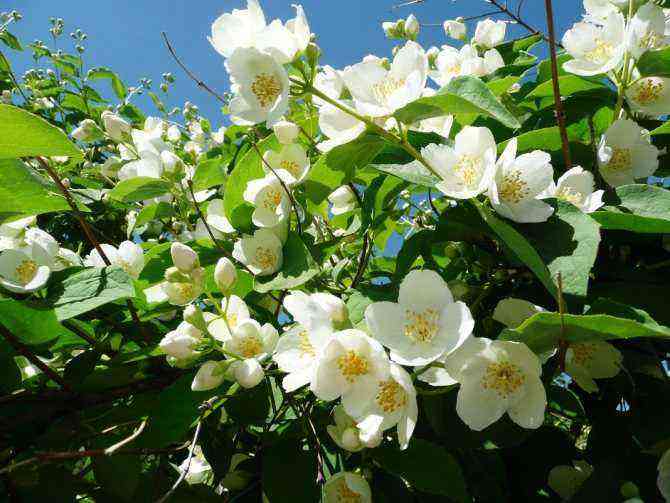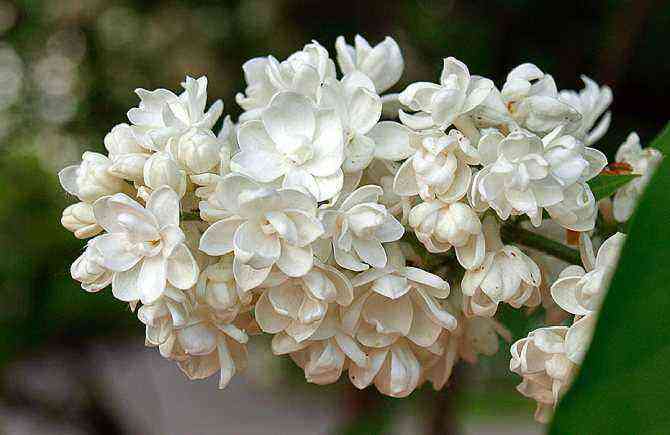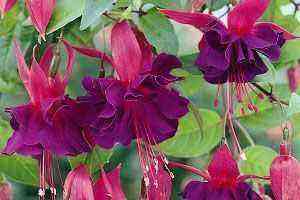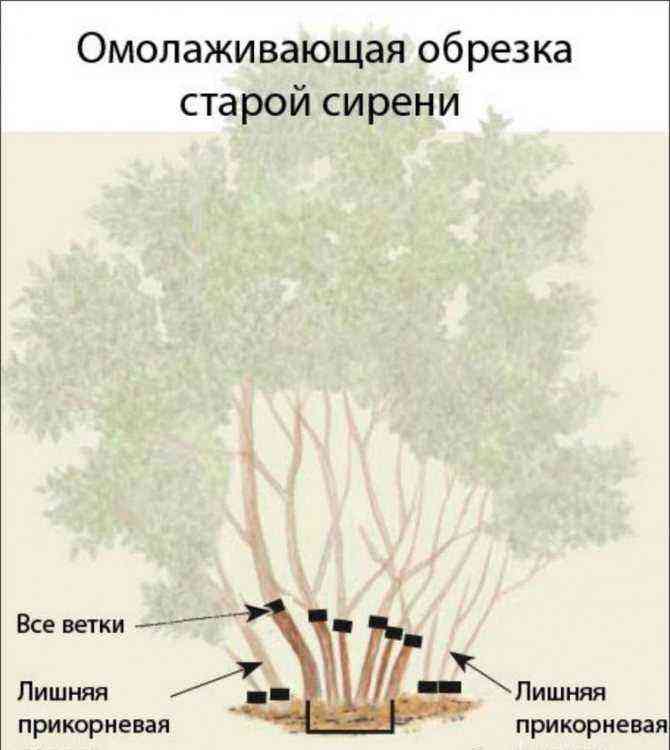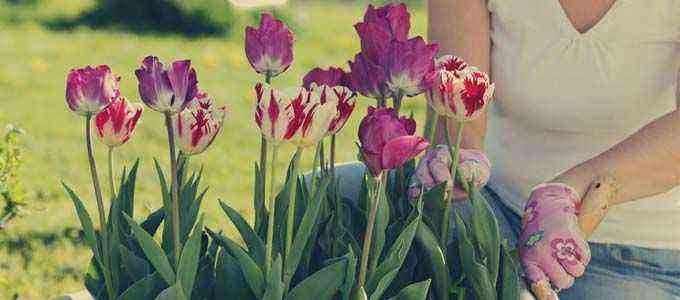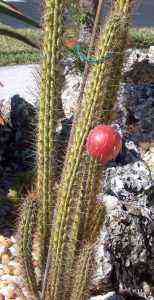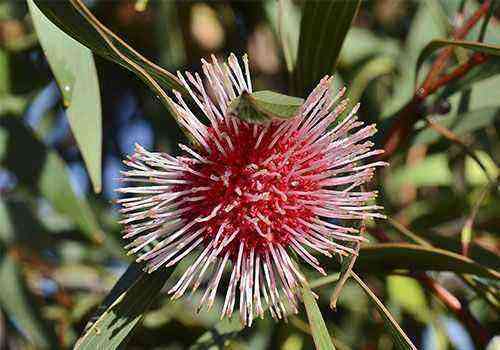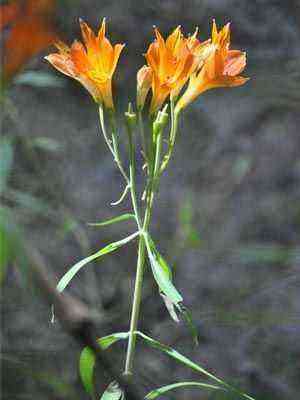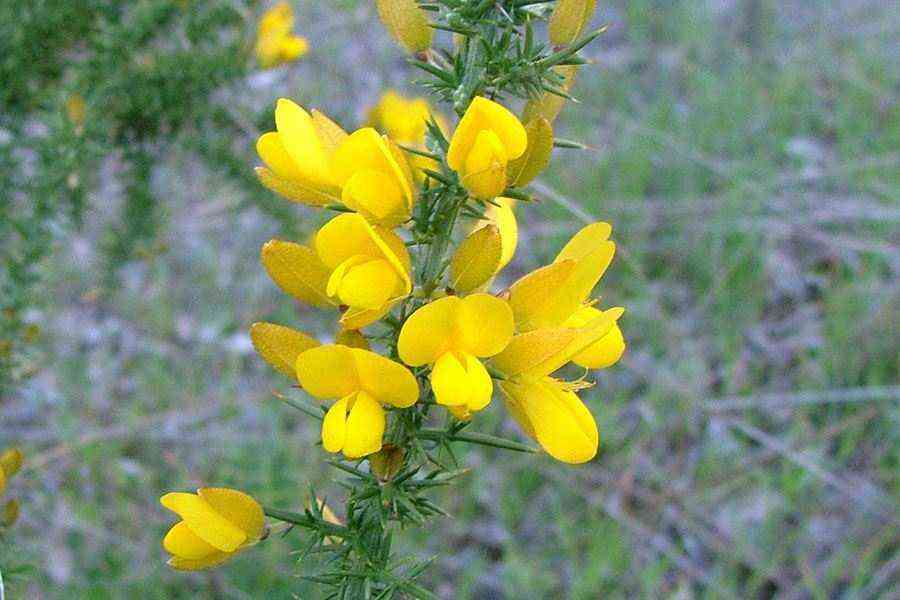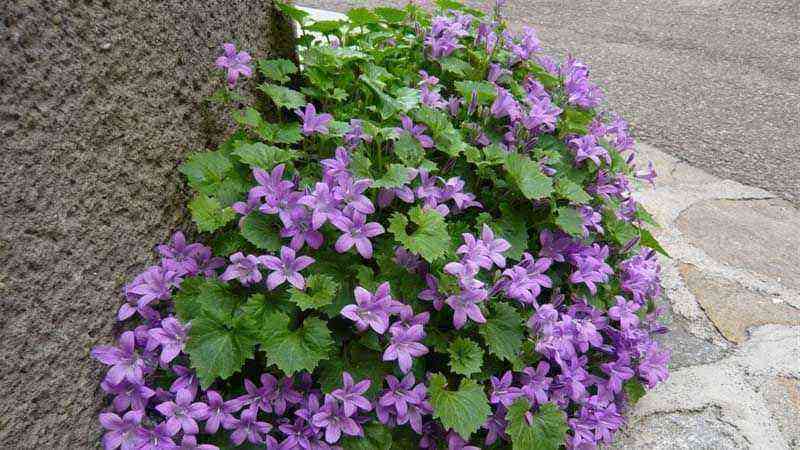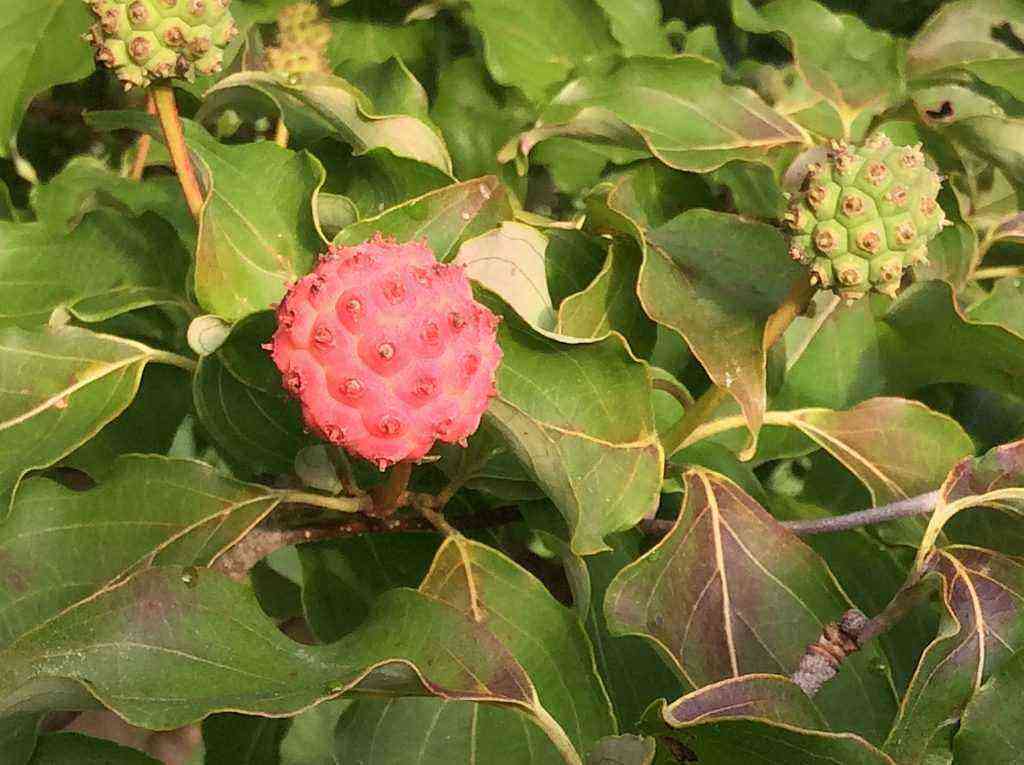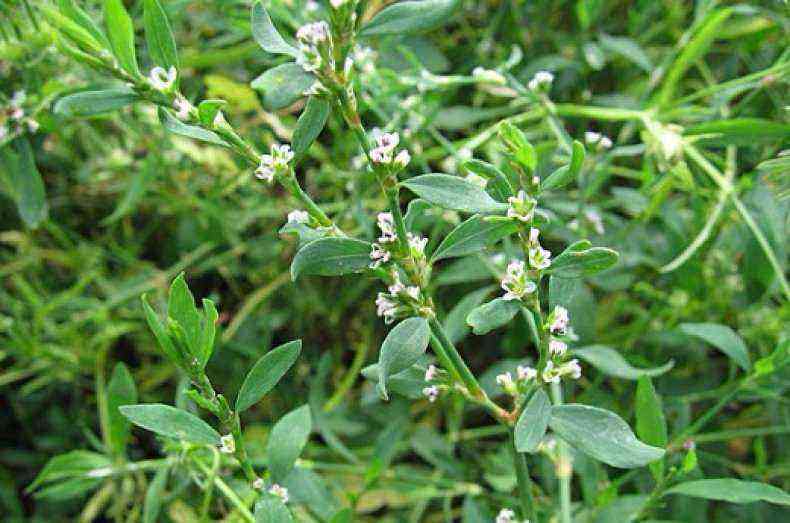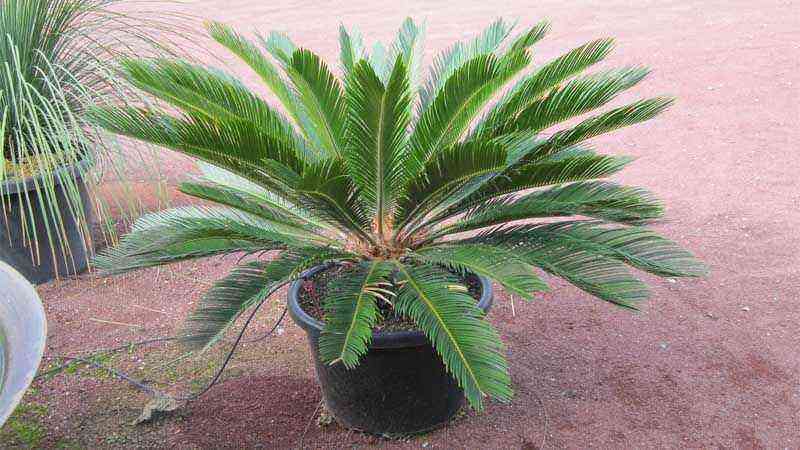Reviewing a little some post that we have written in Agromatic Regarding plants associated with the garden such as calendula, we have realized that we had not talked about marigolds! A true jewel in summer bloom with an explosion of floral pompoms that will add color to the garden.
But … why so determined in the garden ?. Why not in the garden? Also, but keep reading and you will see what the Tagetes patula can do for your garden.
Since the garden has become “fashionable”, alternative cultivation methods to the traditional one follow one after another. We have already talked about many of these methods here, mainly when the horticultural fever reaches the city, and the space is clearly not the same.
With tight spaces we have to manage to get the most out of the space of a terrace, a small piece of land within a city (garden in the case of the lucky ones who have a house in the city), or balcony flowerpots in the most extreme case.
The truth is space conditions And large terraces are not possible as in the village’s own orchards where having 20m2 more or less of an orchard is not a problem.
Types of urban garden, where an aesthetic and neat component is sought as well as practical:
With space, other components are associated and one of them is the aesthetic. With little space, it is nice to have a colorful garden, varied, with a little of everything and that the sight is pleasant. The other component may be ease of use and cleanliness.
In a rural land, wearing waterproof boots and getting mud up to the eyebrows is not a problem. On the rooftop terrace of my house, it’s something different.
And what does this have to do with the Tagete?
In many cases, the aesthetic component of a garden is complemented by flowers, enough flowers, so that our small urban space becomes a vegetable garden rather than the pure vegetable garden of the town. We want to experiment, we want to taste the horticultural world, but we want it to look good.
The very purists of the garden will say that a garden is a garden and that they are snobbery typical of the city. I accept it up to a point but we will all agree that the conditions are not even the same from one place to another.
Therefore, plant flowers around crops or even intersperse them, they turn a pure and hard garden into something pleasing to the eye and colorful. For this reason, tagete, with its explosive summer flowering, promises a touch of warm colors (mainly yellow or orange) that contrast very well with the intense green of almost all crops.
There are many flowers, but marigolds are widely used in the garden. Why?
Here comes the other component, the purely pragmatic. Of course there are many flowers and surely more spectacular and beautiful than the marigold. What happens is that tagete also has certain properties that make it even necessary in a garden.
And these properties are mainly insect repellent and nematicide. And I’m not saying it.
There are studies that demonstrate the larvicidal efficacy of insects of their essential oils and the nematicidal efficacy of their root exudates. Let’s look at a couple of quotes read in research articles where its effects are proven.
In the first study that we have read, it is verified whether the essential oil distilled from Tagetes patula has a larvicidal effect against three species of mosquito different, namely: Aedes aegypti, Anopheles stephensi y Culex quinquefaciatus.
In the study carried out; Larvicidal activity of Tagetes patula essential oil against three mosquito species, repetitions were made with different concentrations of the essential oil according to a standard scientific method. Click here if you want to access the article. The results were conclusive and here are the final conclusions:
«The study shows that the essential oil of Tagetes patula has a great larvicidal potential comparing for example with a typical commercial insecticide such as malathion. In addition to being effective as a larvicide, the oil is environmentally friendly since its active principles are composed of terpenes considered safe generally used in cosmetics or even as food additives. “
[pullquote] Nematodes What happens to my crops? [/ pullquote]
The nematicidal property is where we will find better results. We already know what nematodes are, right? For the roots of certain varieties of the genus Tagetes produce a series of nematicidal exudates Therefore, located near the roots of our crops, it can help us to combat, to a certain extent, the problems caused by nematodes.
In another study consulted (“Botanical nematicides in the Mediterranean basin”; click to access the article), different species of plants used for nematicidal purposes are verified, especially against species of the gender Meloidogyne that causes so much damage to the roots of our crops. In the article we find a bibliographic review where its good actions against these tiny worms are demonstrated by specifying the most vulnerable nematode species and the compound exuded by the root involved. Examples:
- Gender Tagetes: Generally attacks Meloidogyne spp. thanks to various flavonoids. Effect studied by: Piedra Buena et al. (2008), Chitwood (2002), Wat et al. (nineteen eighty one),
Marahatta et al. (2010), The Allaguiet al. (2007) - Tagetes patula: Specifically attacks Meloidogyne incognita, M. hapla. Effect studied by Piedra Buena et al. (2008)
- Tagetes patula: It also attacks Heterodera zea. Effect studied by Faizi et al. (2011) with 100% effectiveness after 24 hours applying flower extract at a concentration of 0.125%.
Wonderful no? We are not going to specify all numerical results because we would bore even a statistician but all these results should always be taken with caution. We are talking about distilled essential oils (in the case of use as an insecticide) of a considerable number of plants.
Sure, and there comes the question. How many plants would I need so that not a single mosquito would really come near my garden?.
Well, many, believe me, many and even so I’m sure that some brave aphid dares to bite chard or lettuce.
I have marigolds planted in my garden next to the chard and I have seen the typical green mosquito better known as Empoasca lybica (I think it was this) prowling. Here is the photo:
Does this mean that the tagetes themselves are useless?
No, far from it. It can help, of course, but it is not a 100% effective insect shield. Also, going back to the beginning, we always have the aesthetic component and if it helps, no matter how little, better than better.
It is true that against nematodes it may have a better response than as an insect repellent in the garden. Whenever we see an insect we are concerned, but we never attend to nematodes.
They are under the ground, we do not see them and they do atrocities in the roots of the crops. So plant tagetes! They give color, brighten the garden and also help.
Is the planting and growing conditions of Tagetes simple?
Yes. One of the advantages of this plant is that it has a good tolerance to different types of soils, among other things, as we will now see.
Light and temperatures
They withstand high temperatures and do not tolerate shade. They have to be in full sun. All this as long as the irrigation is adequate as we will now see. Frost does not hold, so if we live in areas where winter temperatures drop below 5ºC, we will have to replant it the following year in the garden. It is the least desirable part of this very beneficial plant.
Land
One of its great advantages. It adapts to almost any type of soil, both in pH levels and in texture (as long as they are not too extreme). In general a well drained soil It will come in handy and since your garden must have these conditions for most crops, there will be no problem in this regard. We will have taken great care that the soil of the orchard is nourished, soft and optimally conditioned for the crops.
Irrigation
Frequent but not abundant. It is exactly the same with the garden.
It is recommended less abundant and more frequent waterings (drip, exudate tube) for our crops and marigolds grow better in these conditions so we should not have problems in this regard.
[label style = »yellow»] If the tagete dies due to lack of water, the same thing will happen to the middle of the orchard. [/ label]
With this article we hope that we have convinced you to plant marigolds in the garden. Not only for its properties but simply for its color and good appearance. Greetings to everyone from Agromática and everyone to tag!
